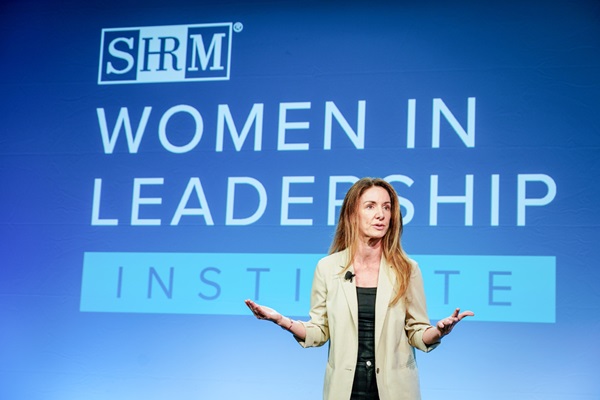Change seems to always be on the horizon, and the rate of change in the workplace is moving at a rapid pace: Employees experienced an average of 10 planned enterprise changes in 2022, compared to just two in 2016.
Driving organizational change isn’t an easy task, as evidenced by the success disparity: While HR executives deemed 36% of organizational change initiatives over their careers successful, just 29% of U.S. individual contributors surveyed said their company leaders are extremely or very effective at initiating change (SHRM Voice of Work Research Panel, June 2023).
As we all know, the adaptation of work arrangements has been among the top change initiatives over the last few years, with HR leaders perhaps bearing the brunt of the process. HR is often tasked with holding multiple roles, from communicator to partner to advisor.
Fortunately, we have a few tips to help ease the process. Here are three “power questions” to unlock priorities when driving organizational change from Kat Cole, CEO of AG1, a global health company focused on nutrition. Cole shared her insights at the 2024 Women in Leadership Institute in November.
1. What’s one thing we should stop doing to make the business better?
Cole noted how HR executives—and female leaders in general—excel at taking on “more, more, more.” While this may be greatly appreciated by your colleagues, there eventually comes a limit. There are also benefits to working better, not harder. When’s the last time you did a purge in your work schedule or your workflow?

When you turn this thought process over to the organization, consider one thing you can stop doing to save the organization both time and money. Instead of just adding new processes, it’s critical to step back and review the big picture of what’s not working. This can be a great starting point when driving organizational change and will give your team more time to focus on everything that is working.
2. What’s one thing we should start doing to make the business better?
Next, consider what you can start doing as an organization. How can you improve your processes? Invite employees to share their feedback and listen to their suggestions. Hold focus groups, think tanks, or sessions led by people leaders. Working with your employees will not only create a culture of trust, but it will also accelerate your solution.
Once you’ve received feedback from your employees, “look for the patterns, not the outliers,” advised Cole. These patterns, or “blinding lights of the obvious,” will guide you on your path during the organizational change.
3. What’s one thing you would do differently if you were me to make the business better?
Lastly, ask your peers and fellow C-suite members to put themselves in your shoes. What would they do differently? Sometimes as leaders, we are too close to an issue to see the big picture. Having an external viewpoint can be invaluable. This will help you reframe your mindset as you review your list of potential solutions.
Driving Successful Change
You’ve asked yourself the hard questions—now what? When you’re ready to enact the companywide change, spend some time identifying the employees who are up to the task of helping you sell and bring about the change. Let these “productive rebels” help you generate influence.
Despite all your best intentions, not everyone will accept the change immediately. There will likely be some employees who act as “change resistors” and push back or struggle to accept the incoming changes. These may be the company historians—employees who’ve been at the organization a long time and are used to things working a certain way.
“Time is your friend: You’ll create influence over time,” advised Cole. In the meantime, be patient with your employees as they adjust to the new companywide changes.




